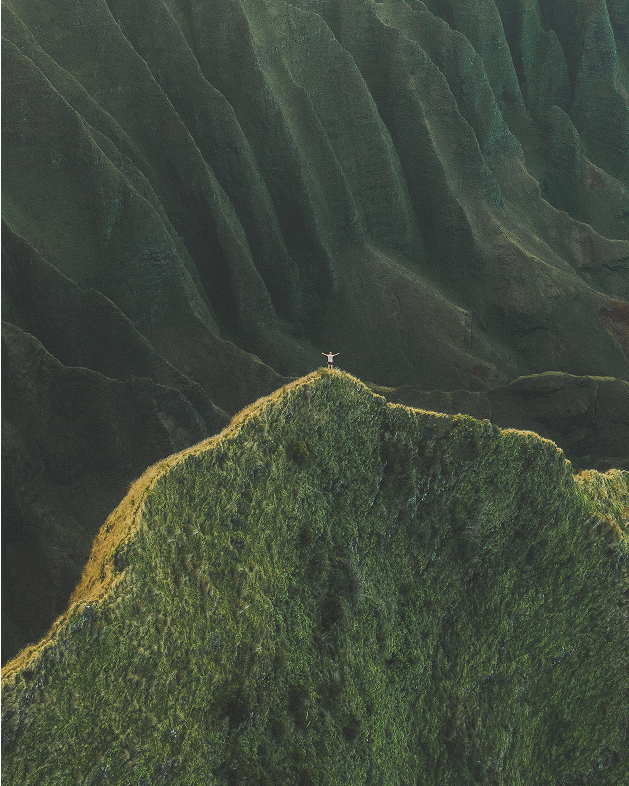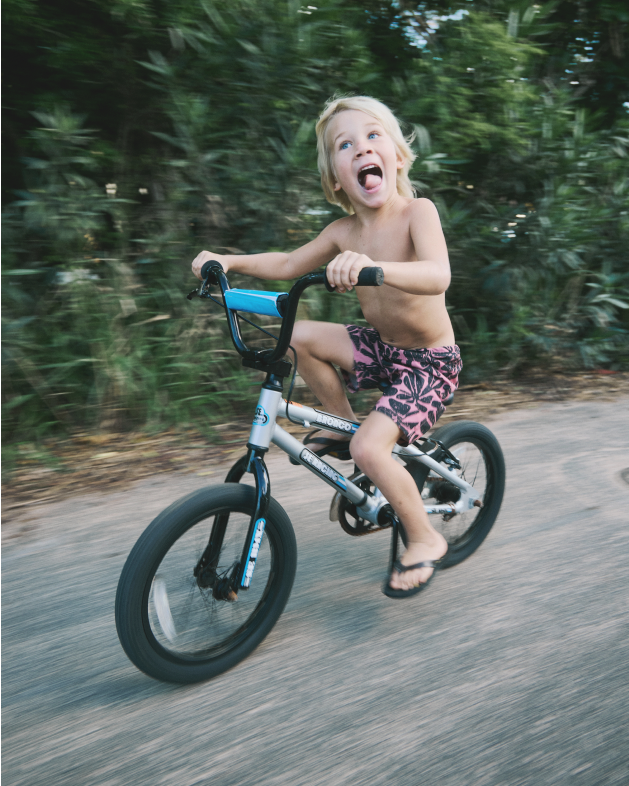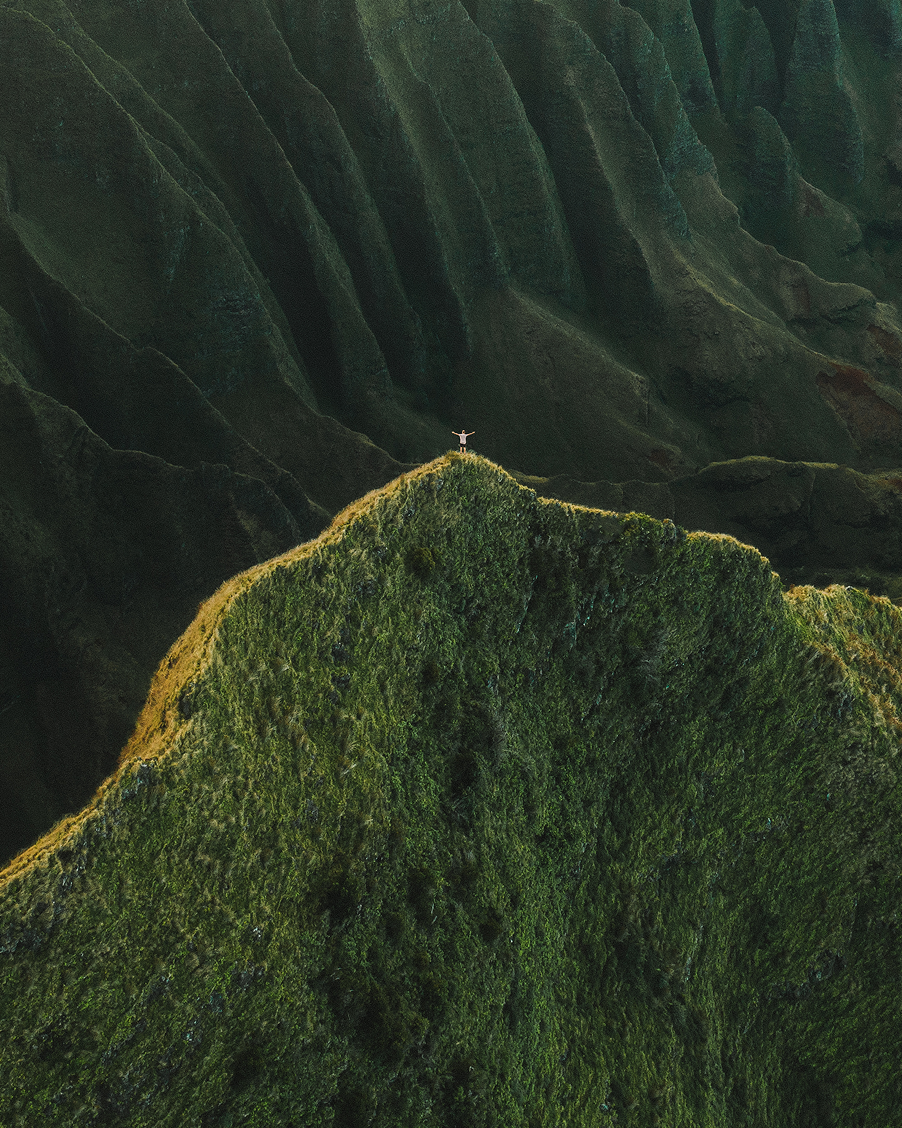BIODIVERSITY
PT. 1
We are all invisibly connected—
You and me, and the 9 million species who share our home. One million of them are now at risk of extinction (UN).
These are the trees that transform sunshine into sugar. The insects who pollinate dinner. Reefs that break swells so homes don't have to. Algae and fungi storing away the CO2 we put out. And the living genetic library behind half of the medicines we take (nature's brilliance outperforms any AI).
We are all invisibly connected—which makes 1 million dead ends of life hard to grasp. Scientific models do what our imaginations won't: the essential support that ecosystems provide our daily lives would be cut up to 70% (ESA). It would have grave impacts on people around the world (UN). Our poorest communities would be the ones pressed hardest (UN).







